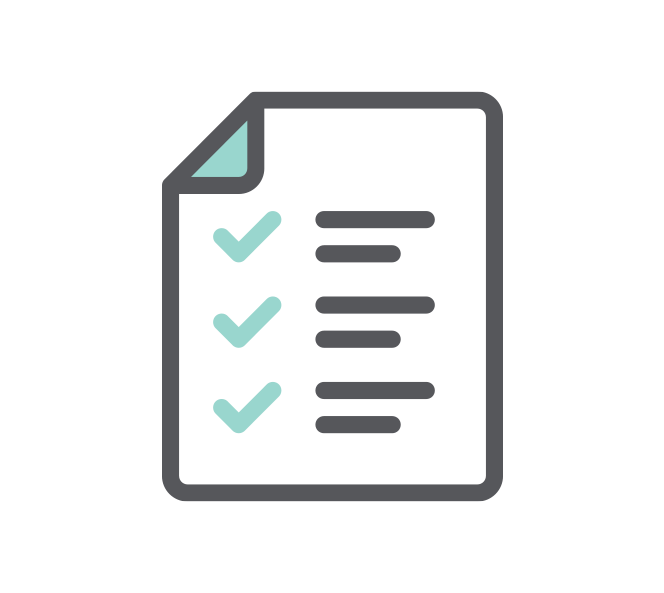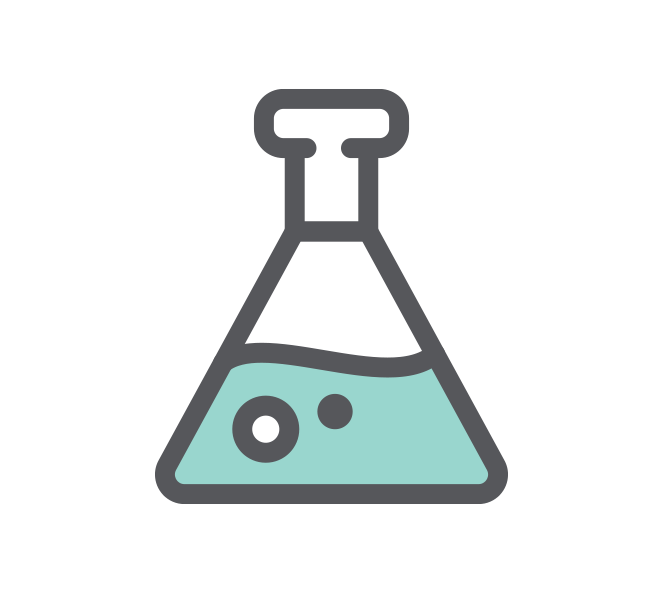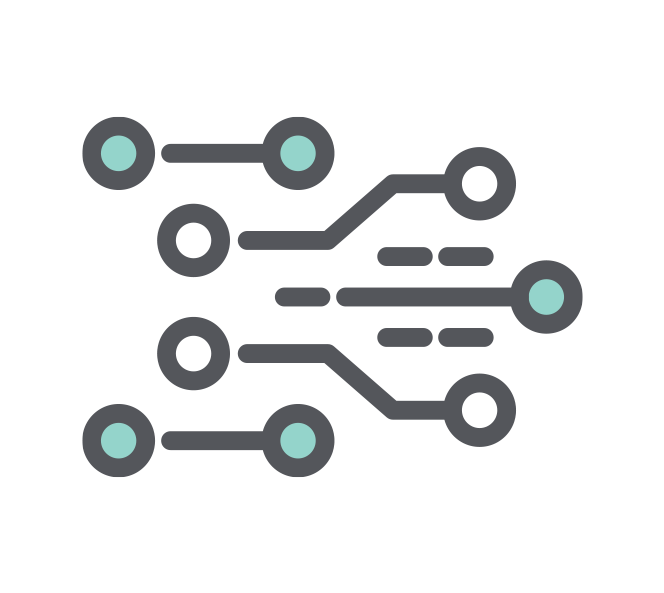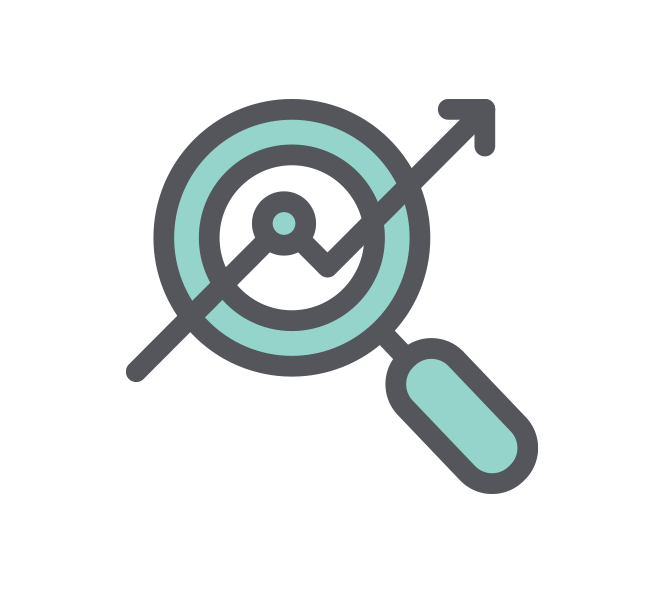Five Steps to Implementing AI
- 09.15.23
- 4 Min Read
Artificial intelligence is everywhere. And if you read the headlines, it can seem like a scary thing, especially if you’re thinking about implementing AI in your business.
But here’s the truth: everyone’s still figuring AI out, and that’s okay. It’s alright to feel intimidated, cautious or even downright clueless about what AI can do and how you should use it. That’s why as part of the L&S Lookout (a future-focused event for agency clients and friends), we developed a five-part framework for implementing AI into any size business.

1. Define your guiding principles and goals
With all the attention AI is getting, you might feel like you’re behind in using it. But to make sure your AI strategy is smart and successful, you need to start by stopping. Pause and take a moment to define your company philosophy for how and why you want to use AI. Set guardrails and guiding principles by asking questions like:
- What are we comfortable with right now?
- What data are we okay with sharing (or not sharing) with AI?
- What decisions are we okay with AI making?
- How will using AI align with our vision and mission as an organization, and how will it not?
- What are our dealbreakers when it comes to ethical use cases?
At L&S, we’ve had these conversations and want to employ a people-centric approach to AI, using it to elevate, empower and improve our people, not replace them. So, what’s yours?
Along with guiding principles, talk about your goals. AI shouldn’t be a solution in search of a problem. Instead, identify the top 2-3 goals or challenges you already have as a company. There’s likely an AI solution that can help, just like any other tool in your toolbox.

2. Take time to plan
After you’ve defined goals, start planning. That doesn’t mean answering every AI question under the sun. If looking at goals means answering the “why” in using AI, this step involves the “who,” “where,” “what” and “how.” Consider these key questions when building out a plan:
- Who will be responsible for spearheading AI in your organization? Yes, we’ve all seen headlines about AI replacing certain jobs. But AI is going to create new positions, too.
- What AI do you already have access to? Many software platforms are adding AI into existing tools. You might be able to use AI features right now without knowing it.
- You’ve already look at your agency’s goals and existing problems. What AI options exist within that space? Hundreds of companies are launching AI as tools, so be diligent with selection. You’ll want to vet these options to find the one that aligns most with your goal.
- What’s your budget? A lot of AI tools are subscription based – all the more reason to ensure your organization is working on this together so you aren’t duplicating efforts and paying for multiple tools that do the same thing.
- Is AI something you want to take on internally, or is there a partner who can help?

3. Start small, then scale
When you’re ready to get started, don’t feel like using AI has to be an earth-shattering move that entirely changes the face of your business. Yes, AI can do big things like changing the way a retail experience works. It can even help the foodservice industry with labor shortages. But it’s okay to start small.
Begin with one thing. When that feels good, add one more. While we know there are endless ways to use AI, and some can be incredibly complex, there are also small, scalable ways you can start with AI.
- If your goal is to increase online sales, you can use CRM platforms that are actively integrating with AI. Using a partner to help analyze your data with AI, you can start to pull out trends and predict purchase behaviors.
- If your goal is to generate new leads, you can audit AI tools to help build new SEO workflows, identify content trends or keywords, and help draft web content. In this example, start small by trialing out different tools and creating a content optimization plan for your site. Then A/B test different content.

4. Take note of what to avoid
Along with planning and starting small, you also need to take good notes along the way, especially of things you want to avoid. While AI can help your business, using it poorly can hurt your brand. So, take note of these considerations:
- AI content isn’t turnkey and should always have human guidance and oversight. It can be wildly inaccurate, it lacks human tone, and it can’t discern what’s good or bad. If your AI tool writes 100 subject lines, what does it matter if none of them are any good?
- Consider copyright implications. Right now, content solely created by AI can’t be trademarked, and AI is known to plagiarize and regurgitate information.
- AI isn’t meant for thought leadership because it won’t always pull from credible or well-researched sources. Instead, take what AI offers and build upon it using your own expertise.
- AI is great for tactical work, but not for original ideas and strategy. AI isn’t inherently insightful and struggles to create original content – it’s designed to think within a box. Use AI to handle tedious work, and keep people focused on insight, strategy and brainstorming.
- Finally, consider how AI does or doesn’t support what you stand for as an organization, and how using it may lift up or tear down what you’ve built. Levi’s used AI to generate hundreds of AI “models” on its website, resulting in serious blowback. On the other hand, Heinz used AI for a brilliant campaign touting market leadership in the ketchup category – and it was a huge win.
At the end of the day, an AI tool can’t make up for the skills, knowledge and insight needed for great strategic work. But it can help us with the tactical work so we have more time to do those things better.

5. Evaluate your successes
It wouldn’t be a true process if the last step wasn’t to evaluate it. How will you evaluate success and how often? What matters most – time saved, content created, leads generated? Because remember, the goal isn’t simply to “use AI,” but to advance a process or a product that will truly impact your business at the end of the day.
What will AI look like for your organization? It can feel daunting to start, but it doesn’t have to be. With these five steps, you can set yourself up for whatever the future of AI may look like.






